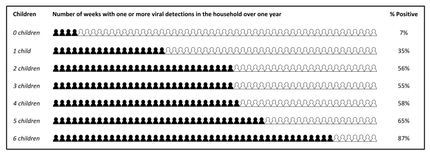Why retroviruses such as HIV love their neighbours
Advertisement
retroviruses such as HIV that are already within cells are much more easily transmitted when they are next to uninfected cells than if they are floating free in the bloodstream.
"Cell-to-cell transmission is a thousand times more efficient, which is why diseases such as AIDS are so successful and so deadly," said Walther Mothes, associate professor of microbial pathogenesis at the Yale School of Medicine. "And because the retroviruses are already in cells, they are out of reach of the immune system."
Now, Yale University researchers led by Mothes and Jing Jin, a postdoctoral associate in Mothes' lab, have made movies of viral activity within cells that help explain why cell-to-cell transmission is so efficient and provide potential targets for a new generation of AIDS drugs.
Using imaging technology that can track individual particles of virus in real time, the Yale team discovered that infected cells can specifically produce viruses at the point of contact between cells, they report in PLoS Biology. Ten times more of these particles are found at these cellular poles than elsewhere at the surface of cells, the researchers report. The ability of infected cells to specifically produce viruses only at cell-cell interfaces explains how viruses spread so efficiently, they note.
The researchers also identified a possible weakness in the transmission chain. The team found that viruses express a sticky protein that docks with uninfected cells and then attracts viral assembly to these sites. If this adhesion molecule lacked a "cytoplasmic tail," then the viral particles did not assemble at the jumping off point between cells.
Mothes expects many more such targets will be identified as scientists work out the mechanics of cell-to-cell transmission.




















































